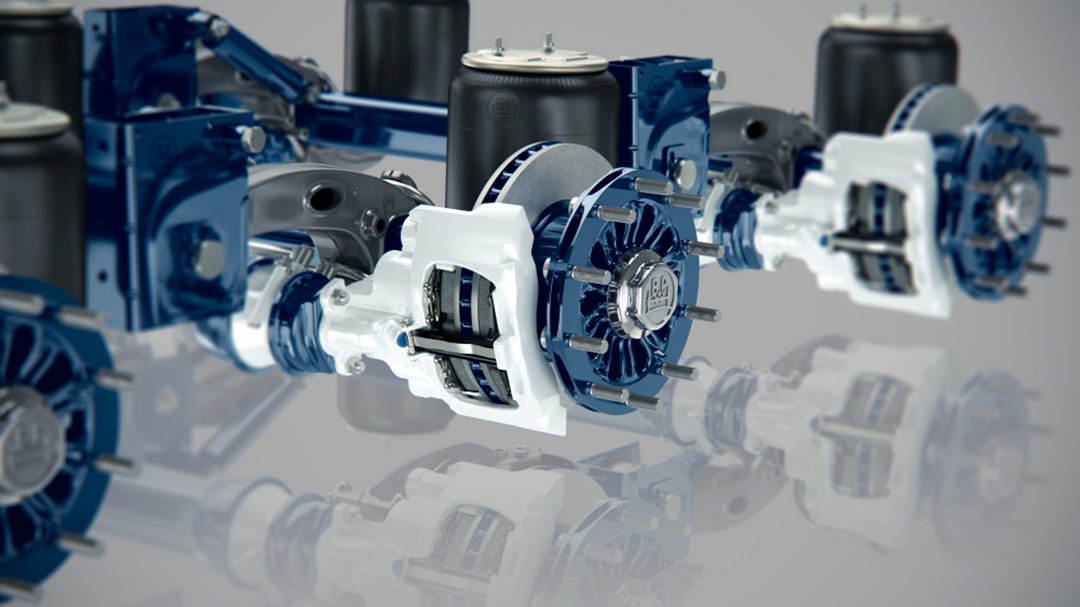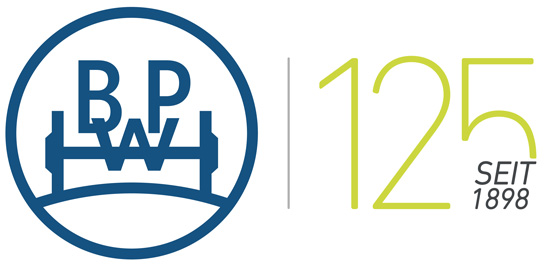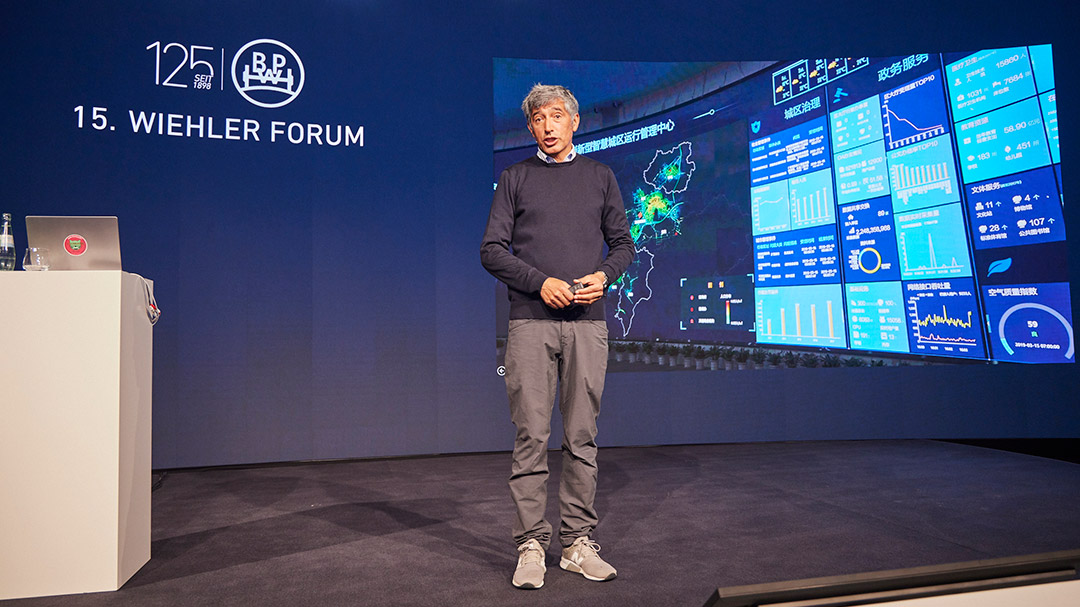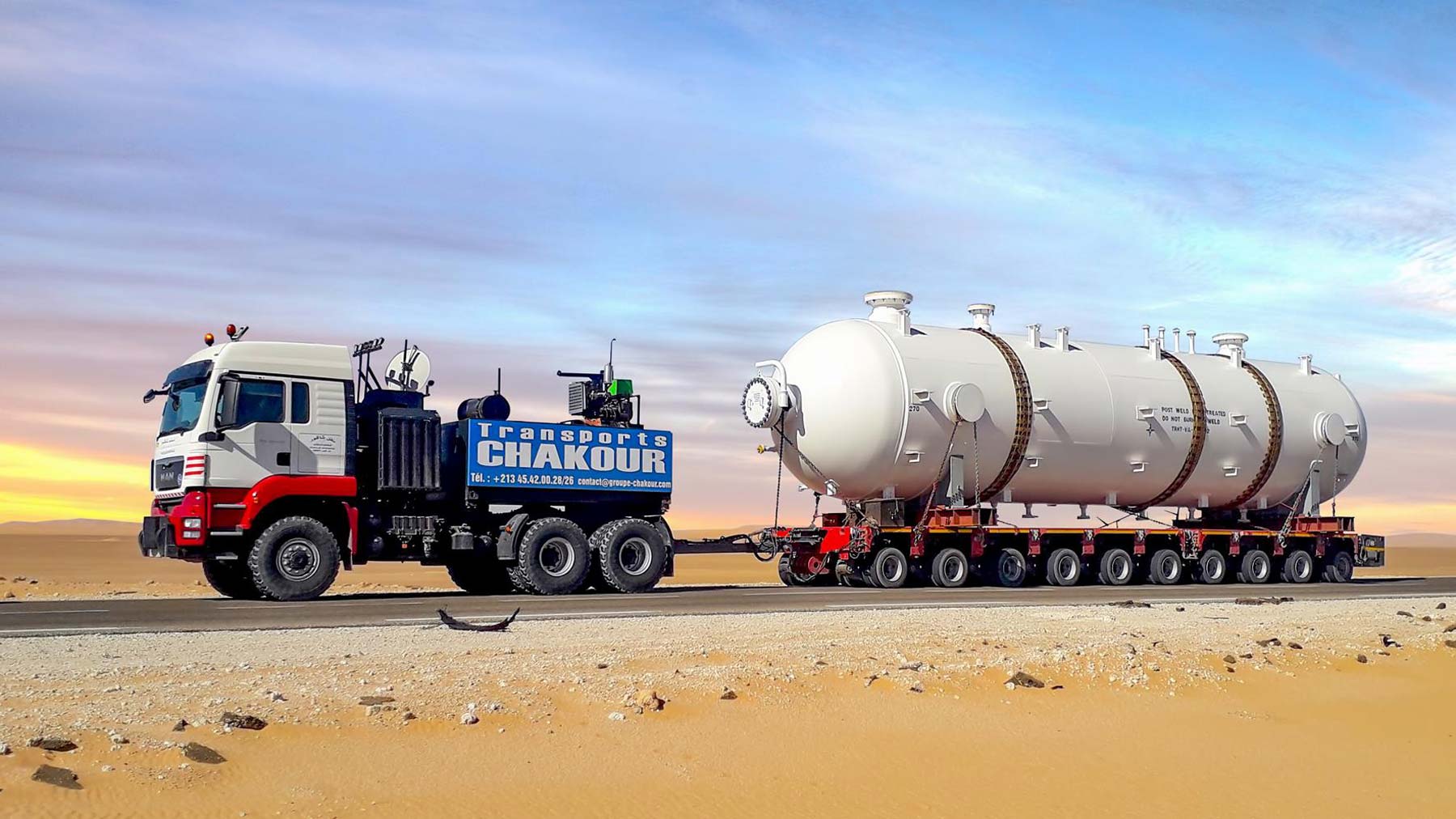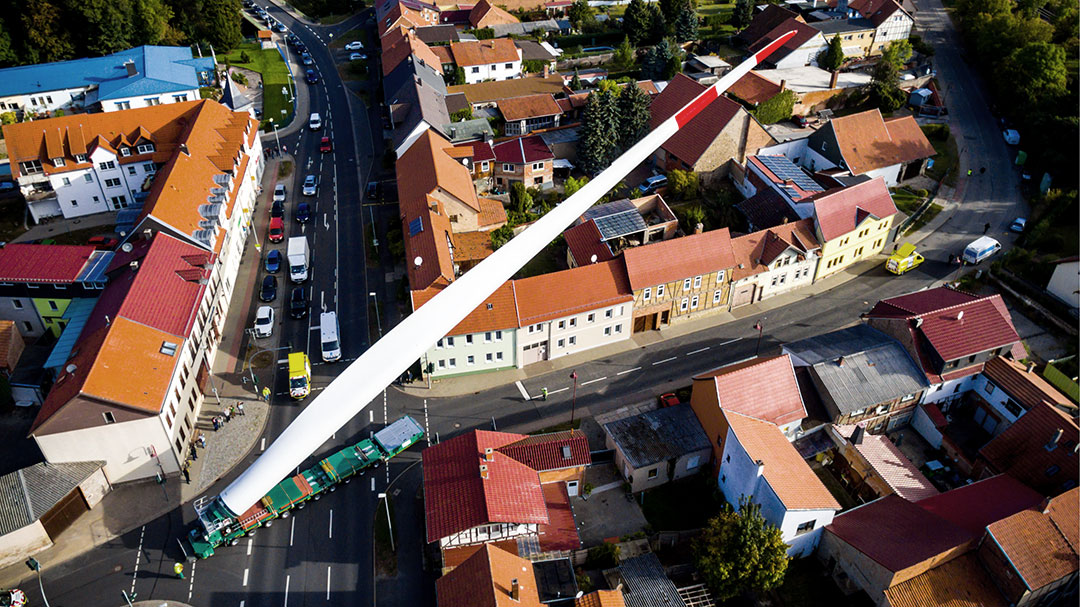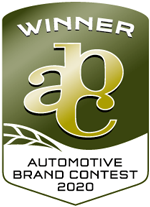Text: Oliver Schönfeld
Photos: BPW
Just as robust as the previous version, but at the same time less complex and much lighter: the BPW cast trailing arm axle was introduced in 2012 and paved the way for the current generation of running gear with a new material and manufacturing concept. This was preceded by a development process that took several years.
When the development team at BPW Bergische Achsen was given the task of designing new running gear around 15 years ago, it had to meet numerous requirements: “We had to make technical optimisations, achieve weight and maintenance benefits for customers and, in particular, significantly reduce the previously-existing range of trailing arm and spring running gear variants,” explains Thomas Borlinghaus. A long-standing BPW employee, he was the responsible project manager and is named as one of the inventors on the patent specification for the cast trailing arm axle.
Comprehensive technical study
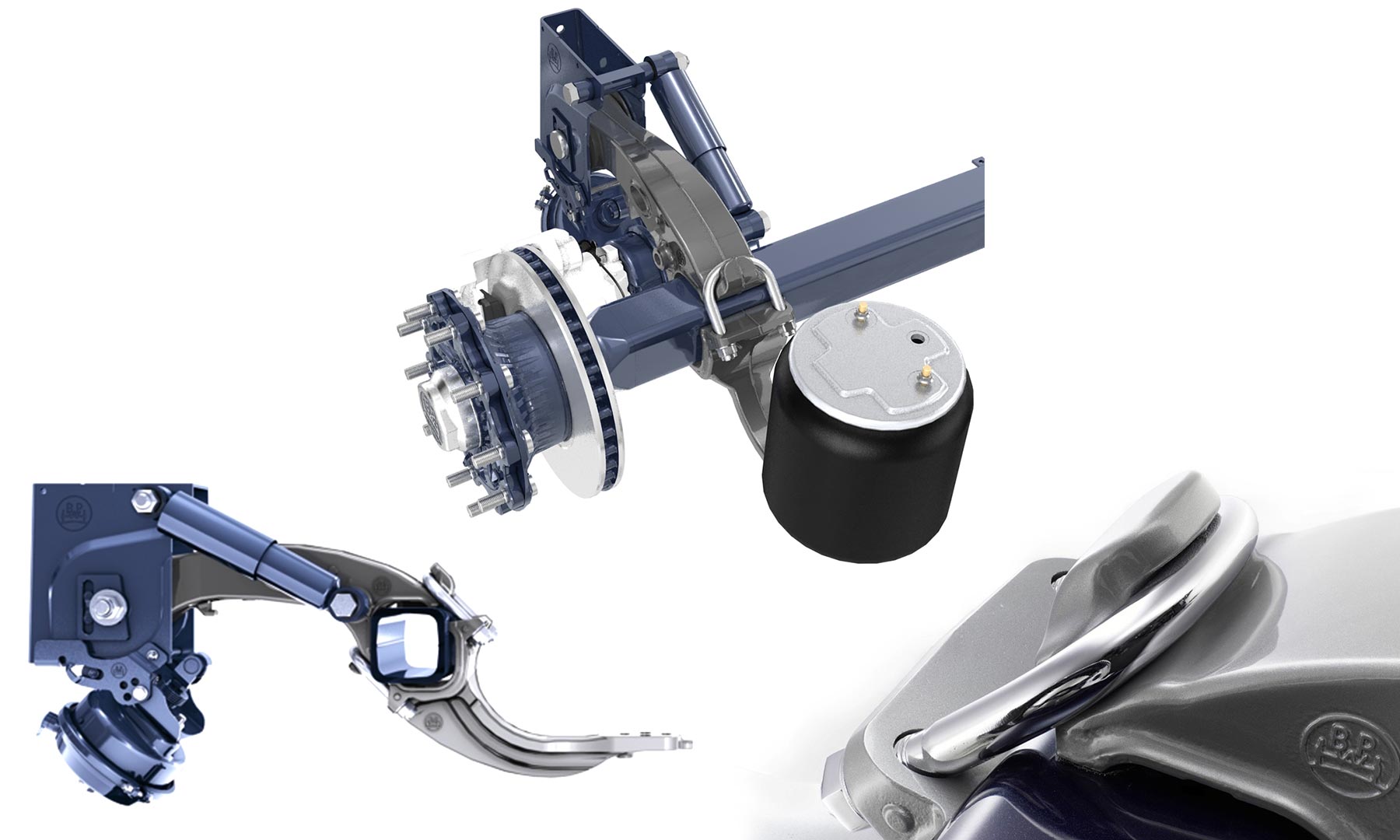
BPW Eco Air Compact
Optimisation achieved
Effectively absorbing forces
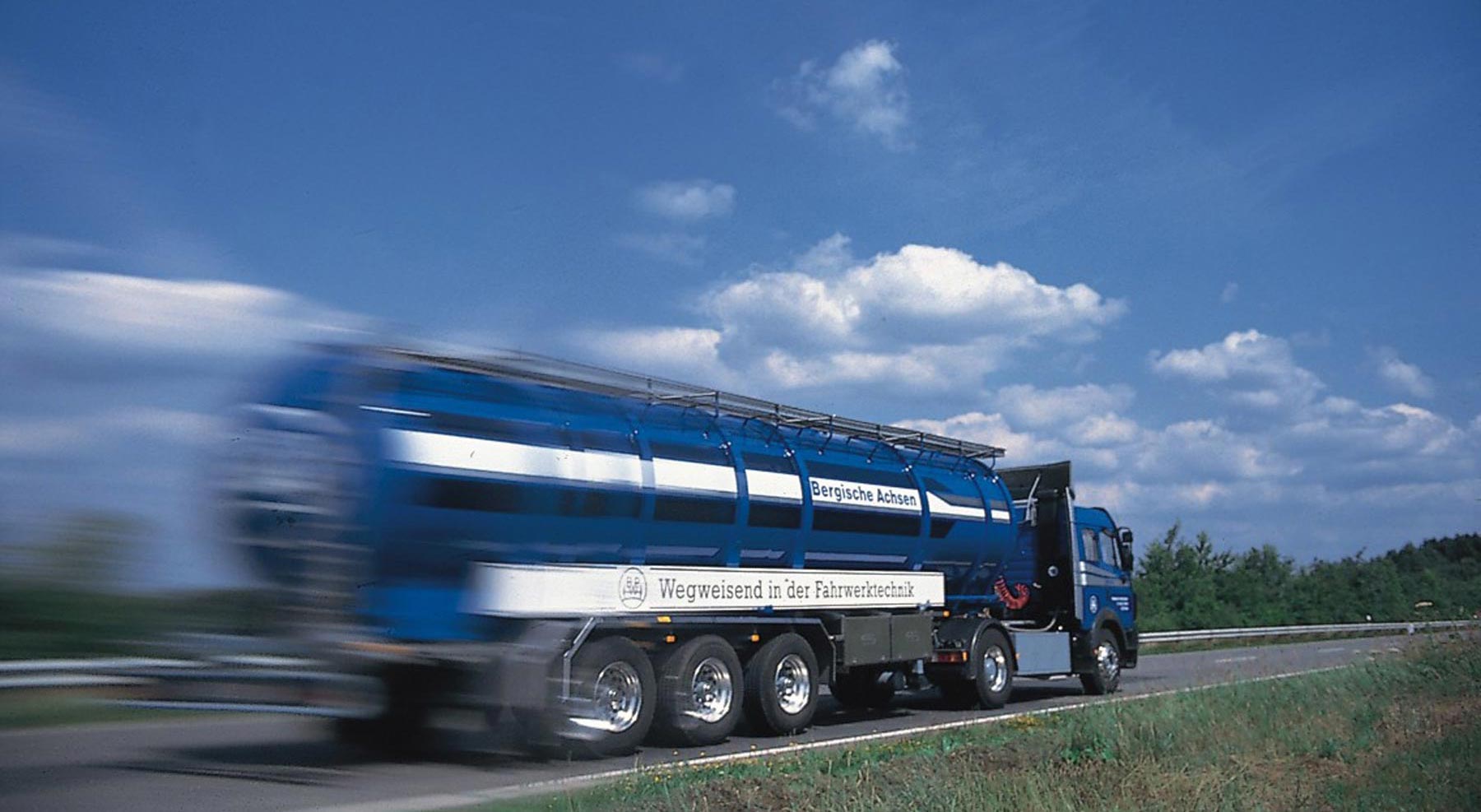

»It makes me quite proud to realise, after more than a decade, that the development team’s ideas have proven themselves in practice over such a long period of time.«
Thomas Borlinghaus, BPW project manager and former project manager for the cast steering system
A brilliant idea has proven its worth

BPW Eco Air Achse

